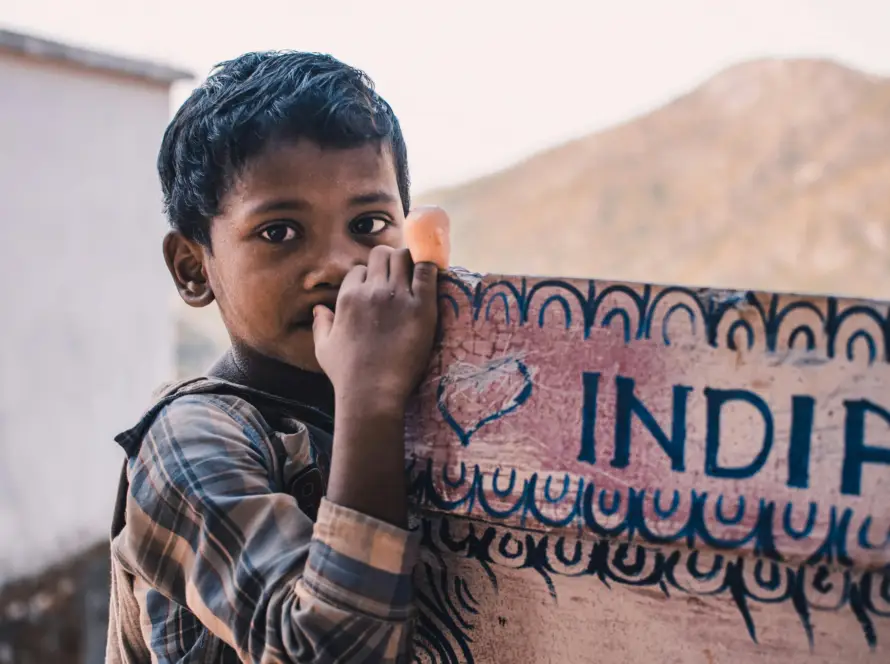Generated by Contentify AI
- Introduction
- The Intricate History of Indian Classical Music
- The Sitar: A Melodic Masterpiece
- The Tabla: The Rhythmic Heartbeat
- North Indian Music: Hindustani Classical
- South Indian Music: Carnatic Classical
- Blending Traditional and Contemporary Sounds
- Exploring New Rhythms and Harmonies
- Preserving and Innovating for the Future
- Conclusion

Introduction
India’s rich musical traditions date back thousands of years, with a history as diverse and intricate as the country itself. The classical music of India is deeply rooted in spirituality, with its origins in the ancient Vedic texts. This tradition has evolved over time, influenced by various cultures and dynasties, resulting in the vibrant and diverse musical landscape we see today. The fusion of different musical elements and the interplay of melody and rhythm are central to the Indian classical music tradition. Alongside the classical forms, India also boasts a rich heritage of folk, devotional, and regional music, each with its own distinct flavor and significance. India’s music is a living, breathing entity that continues to evolve while staying true to its timeless traditions.
The Intricate History of Indian Classical Music
Indian classical music has a history as intricate and diverse as the country itself. Its origins can be traced back to the Vedic texts, and over the centuries, it has been shaped by various cultural influences. The fusion of different musical elements and the interplay of melody and rhythm are central to its tradition. This has resulted in a vibrant and diverse musical landscape in India, with a rich heritage of folk, devotional, and regional music. The classical music of India is a living, breathing entity that continues to evolve while staying true to its timeless traditions.
The Sitar: A Melodic Masterpiece
The sitar embodies the essence of Indian classical music, with its evocative melodies and intricate craftsmanship. Originating from the lute-like instruments of ancient India, it evolved into its current form during the Mughal era. The sitar’s mesmerizing sound is achieved through its unique construction, with a resonating gourd and a long neck adorned with movable frets. It is played with a metal pick, known as a mizrab, creating the distinctive twang and rich tonal quality that define the instrument. The sitar is not only a musical instrument but also a symbol of India’s rich cultural heritage, captivating audiences worldwide with its timeless beauty and emotive power.
The Tabla: The Rhythmic Heartbeat
The tabla holds a revered position as the rhythmic heartbeat of Indian classical music. Comprising a pair of hand drums, the tabla produces a diverse range of tones, from deep bass to crisp high notes. Its origins can be traced back to the 18th century, and it has since become an integral part of both classical and folk music in India. The intricate technique of playing the tabla involves a combination of finger and hand movements, each contributing to the complex rhythmic patterns that form the backbone of Indian musical compositions. Its versatility and ability to express a wide range of emotions have cemented the tabla’s significance in India’s rich musical tapestry. Whether in the serene ambiance of a classical concert or the lively atmosphere of a folk performance, the tabla’s rhythmic prowess continues to enchant audiences and uphold the timeless traditions of Indian music.
North Indian Music: Hindustani Classical
North Indian Music, known as Hindustani Classical, is an integral part of the rich musical traditions of India. It is characterized by its emotive and elaborate melodic ornamentation, intricate rhythms, and the use of improvisation. The tradition has been shaped by various cultural influences over the centuries, resulting in a diverse repertoire of ragas (melodic frameworks) and talas (rhythmic patterns). Hindustani Classical music encompasses a wide range of musical forms, from the meditative alaap to the exhilarating taans, creating a rich tapestry of musical expression. This tradition continues to captivate audiences with its timeless beauty and profound emotional depth, representing the enduring legacy of Indian classical music.
South Indian Music: Carnatic Classical
South Indian Music: Carnatic Classical
Carnatic classical music, a vital component of the rich musical traditions of India, has ancient roots and is steeped in devotion and spirituality. Originating in the southern region of the Indian subcontinent, Carnatic music is known for its intricate melodic patterns, rhythmic complexity, and emotive expression. It is characterized by its adherence to prescribed compositions and structured improvisations within the framework of ragas and talas. Vocal music plays a central role in Carnatic tradition, accompanied by instruments such as the violin, mridangam, and ghatam. The compositions, known as kritis, often explore themes of devotion and mythology, creating a deeply immersive musical experience. Carnatic classical music continues to thrive, captivating audiences with its rich heritage and timeless allure, reflecting the enduring legacy of Indian musical artistry.
Blending Traditional and Contemporary Sounds
India‘s musical landscape is a vibrant tapestry that weaves together a rich tapestry of traditional and contemporary sounds. The fusion of different musical elements and the interplay of melody and rhythm are central to the country’s classical music tradition. Alongside the classical forms, India also boasts a rich heritage of folk, devotional, and regional music, each with its own distinct flavor and significance. The blending of traditional and contemporary sounds in India’s music reflects the dynamic cultural evolution that has taken place over thousands of years. This unique fusion continues to captivate audiences, showcasing the timeless allure and enduring legacy of Indian musical artistry.
Exploring New Rhythms and Harmonies
While deeply rooted in tradition, Indian music has evolved to embrace new rhythms and harmonies, blending traditional elements with contemporary sounds. This fusion has given rise to a diverse musical landscape that captivates audiences worldwide. With the incorporation of modern instruments, digital production techniques, and global music trends, Indian musicians continue to explore new avenues of creativity while preserving the essence of their rich musical traditions. This dynamic approach not only breathes new life into classical and folk genres but also reflects the enduring legacy of India’s musical artistry. By embracing innovation while honoring tradition, Indian music continues to thrive, demonstrating its timeless relevance and cultural significance on the global stage.
Preserving and Innovating for the Future
India’s diverse and rich musical traditions have a timeless allure that continues to captivate audiences worldwide. With a history as intricate and diverse as the country itself, Indian classical music has evolved to embrace new rhythms and harmonies while staying true to its timeless traditions. The fusion of different musical elements and the interplay of melody and rhythm are central to the country’s classical music tradition. Alongside the classical forms, India also boasts a rich heritage of folk, devotional, and regional music, each with its own distinct flavor and significance. This blending of traditional and contemporary sounds reflects the dynamic cultural evolution that has taken place over thousands of years, showcasing the enduring legacy of Indian musical artistry.
Conclusion
India’s rich musical traditions encompass a diverse tapestry of classical, folk, devotional, and regional music, each with its own unique characteristics and cultural significance. The intricate history of Indian classical music, deeply rooted in spirituality and ancient texts, has evolved over centuries, influenced by a myriad of cultural influences and dynasties. The sitar and tabla stand as iconic symbols of Indian musical artistry, with the sitar’s melodic beauty and the tabla’s rhythmic prowess captivating audiences worldwide. North Indian Hindustani classical and South Indian Carnatic classical music represent the two main classical traditions, each characterized by elaborate melodic ornamentation, intricate rhythms, and emotive expression. The fusion of traditional and contemporary sounds in India’s music reflects a dynamic cultural evolution, embracing innovation while honoring timeless traditions. This unique blend not only breathes new life into classical and folk genres but also preserves the enduring legacy of Indian musical artistry for future generations.
Enhance Your Business with Our E-Commerce Solutions
Take your startup or enterprise to the next level with our e-commerce website development, design, and SEO services that drive traffic and maximize results.



